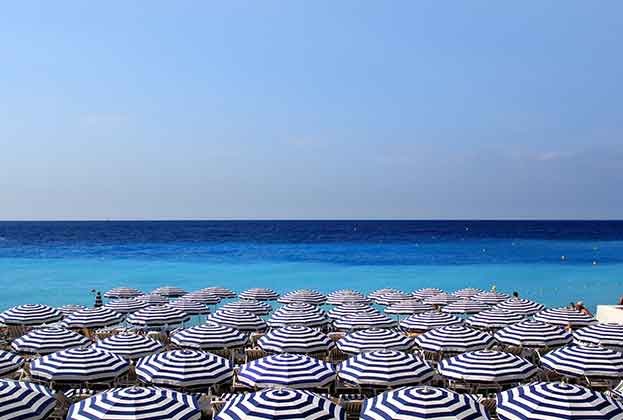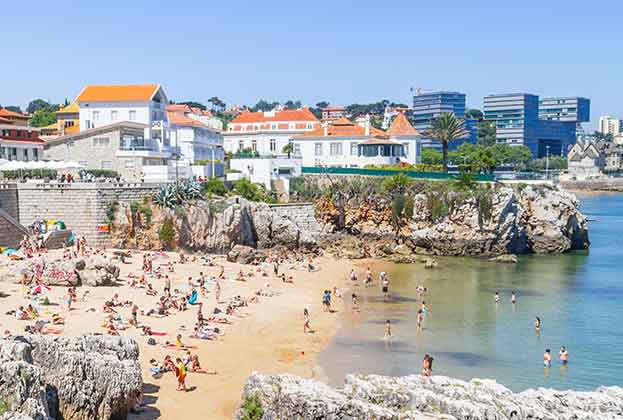After the initial shock of the EU Referendum result and subsequent exchange rate volatility, slowly and without fanfare the pound has made up considerable ground on the euro. More upbeat data on the UK economy than was widely anticipated indicates that this may well continue.
The property markets across Europe were less active with the absence of British buyers, but now the exchange rate has stabilised somewhat, buyers are returning, driven by lifestyle choices of a dream home by the sea or on the slopes.
Post-referendum, banks who specialised in lending to British buyers have not fundamentally changed their lending policy, but affordability is key. Some banks (although not those in Italy) are introducing ‘stress’ tests to ensure that borrowers can withstand currency fluctuations.
There are differences in the terms available, depending on the country, property location and size of the loan. High-street lenders in the country in which you are buying are usually the only option, with all applications requiring full supporting documents. There is close scrutiny of bank statements as affordability is the main concern and income is very strictly assessed on what is visible on the past three years’ tax returns rather than any future/potential income or revenue on which tax has not been paid.
For mortgages of €2m-plus in prime locations, private banks may lend. Buyers should beware that unlike the UK, the mortgage markets in Europe are much stricter and far more limited. A mortgage secured for a purchase will obtain the best terms and in many instances may be the only time finance is available on the property.
Further information
Read our guides on how to get a mortgage in France, Spain and Portugal or view available properties for sale
.jpg)




.jpg)

.jpg)


